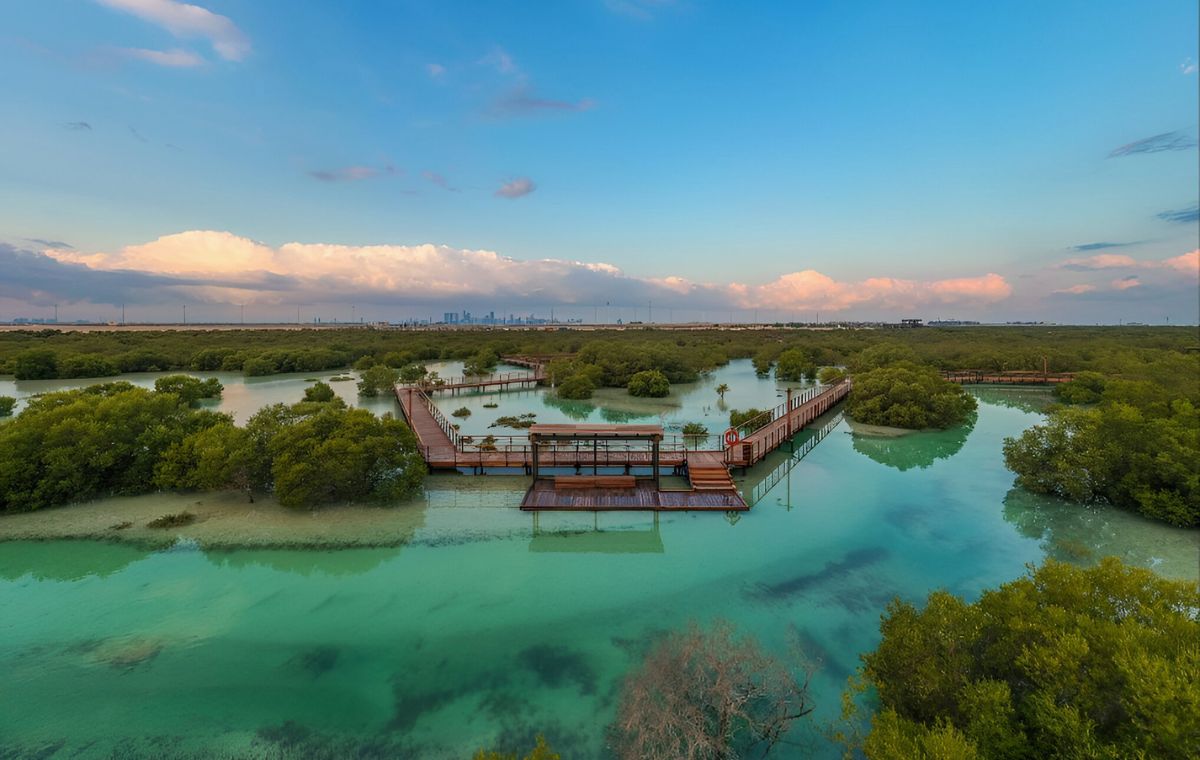SPDA to participate in the IUCN World Conservation Congress

The Peruvian Society for Environmental Law (SPDA) will participate in the World Conservation Congress of the International Union for Conservation of Nature (IUCN) through five events that will bring together specialists from different international institutions, indigenous representatives, and young leaders from Latin American countries, who will share their experiences.
Those attending the Congress will be able to participate in these events by following the schedule on the IUCN platform.
1. Sneak Preview- an IUCN Explanatory Guide to the High Seas Treaty
- Thursday, October 9, 2025. From 5:00 to 6:00 p.m.
- Pavilion – R1
This session will exclusively present the IUCN Explanatory Guide for the BBNJ Agreement (High Seas Treaty), a key tool that breaks down each section and provision of the treaty to help users navigate its complexities, understand the obligations of the Parties, and clarify the links with other agreements. Attendees will be able to participate in a dynamic dialogue on the challenges and opportunities for the implementation of this historic treaty, which will shape the future of ocean governance and marine biodiversity conservation.
2. A Response to Environmental Challenges: New Leadership from Latin America
- Friday, October 10, 2025. From 3:00 to 4:00 p.m.
- Youth Pavilion
This session will present four innovative SPDA initiatives designed to empower and strengthen new conservation leaders in Latin America. The strategies and results of ‘Champions for Escazú’, which promotes the signing of this agreement; ‘Accelerators for Nature’, which strengthens capacities for sustainable projects; ‘Women to the Sea’, which highlights and enhances the work of women leaders in artisanal fishing and marine conservation; and ‘Indigenous Communicators’, which empowers representatives of native communities to use communication as a tool for preservation and defense, will be shared.
3. Governance of the Ocean: Understanding the High Seas Treaty (BBNJ)
- Friday, October 10, 2025. From 2:00 to 4:00 p.m.
- Conference Room B: Session Room 9
Dive into the future of ocean governance. This interactive session will analyze the importance of the recently adopted High Seas Biodiversity Treaty (BBNJ) and what it means for marine biodiversity conservation. Participants will get a first look at the upcoming IUCN Explanatory Guide and exchange ideas on its significance for marine life, climate action, and sustainable livelihoods, in a dialogue that seeks to have a global impact.
4. Women in a Degraded Amazon: The Need for Gender-inclusive and Intersectional Approaches to Environmental Crime
- Saturday, October 11, 2025. From 2:00 to 3:30 p.m.
- Hall 4B: Forum – Session Room 2
This session highlights the disproportionate impact on indigenous and rural women in the Amazon from deforestation (legal and illegal), environmental degradation, and environmental crimes, who face more intense struggles and are on the front lines of protecting biodiversity and human rights. In a participatory dialogue, these women will share their experiences, underlining the importance of integrating gender and intersectional approaches into policies and initiatives at the local, national, and international levels, including the implementation of the Escazú Agreement.
5. Pathways to River Protection in Latin America
- Saturday, October 11, 2025. From 4:00 to 4:45 p.m.
- The Nature Conservancy Pavilion
This panel brings together experts in the protection of freshwater ecosystems in Latin America to share key experiences and lessons learned. Various innovative mechanisms—such as national laws, protected areas, OECMs (Other Effective Area-Based Conservation Measures), and community initiatives—that are transforming the conservation of these ecosystems in the region will be presented. Through concrete examples, it will highlight how these approaches contribute to protecting highly biodiverse and threatened freshwater ecosystems, and how they can be replicated or adapted in different contexts.